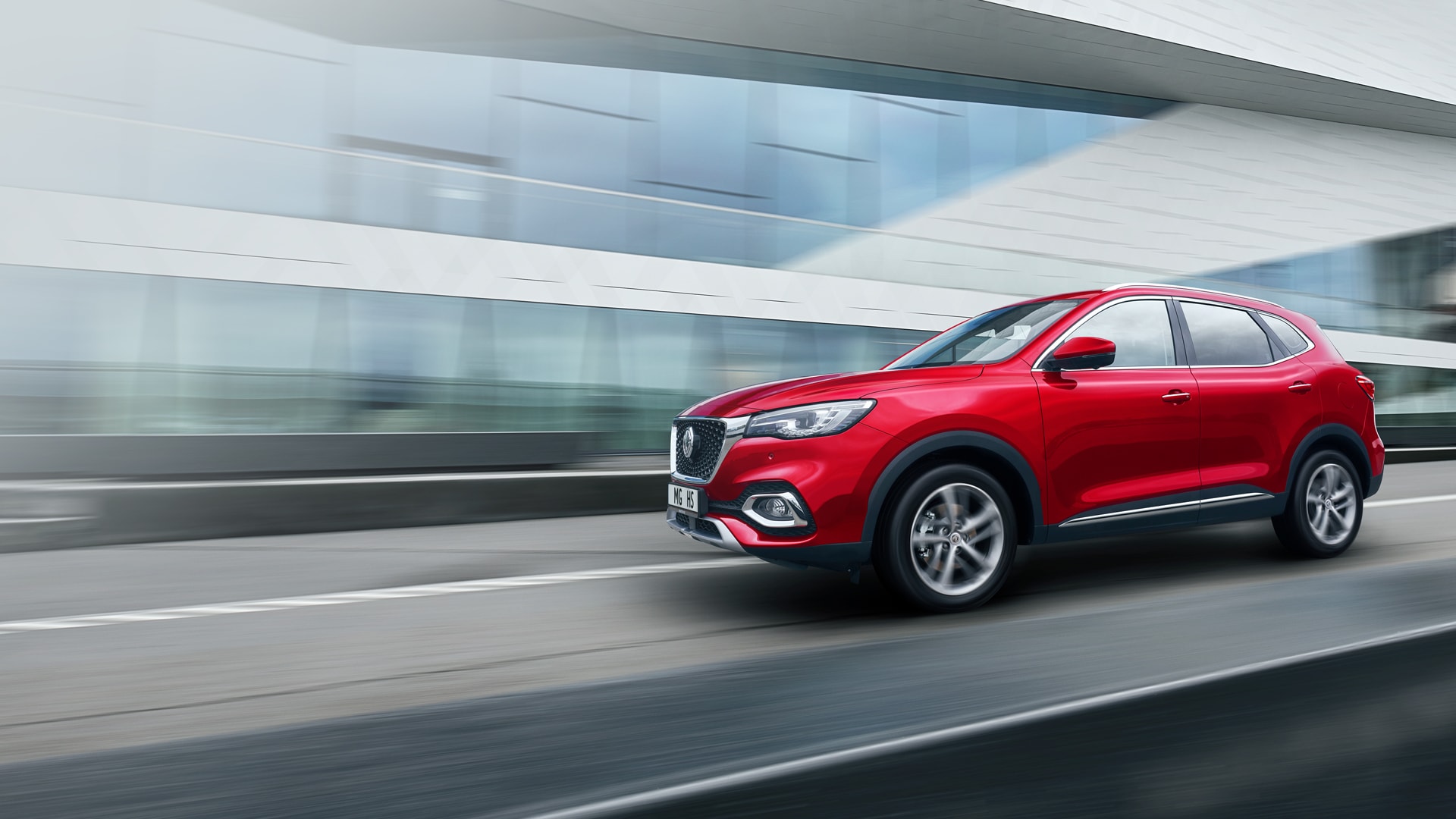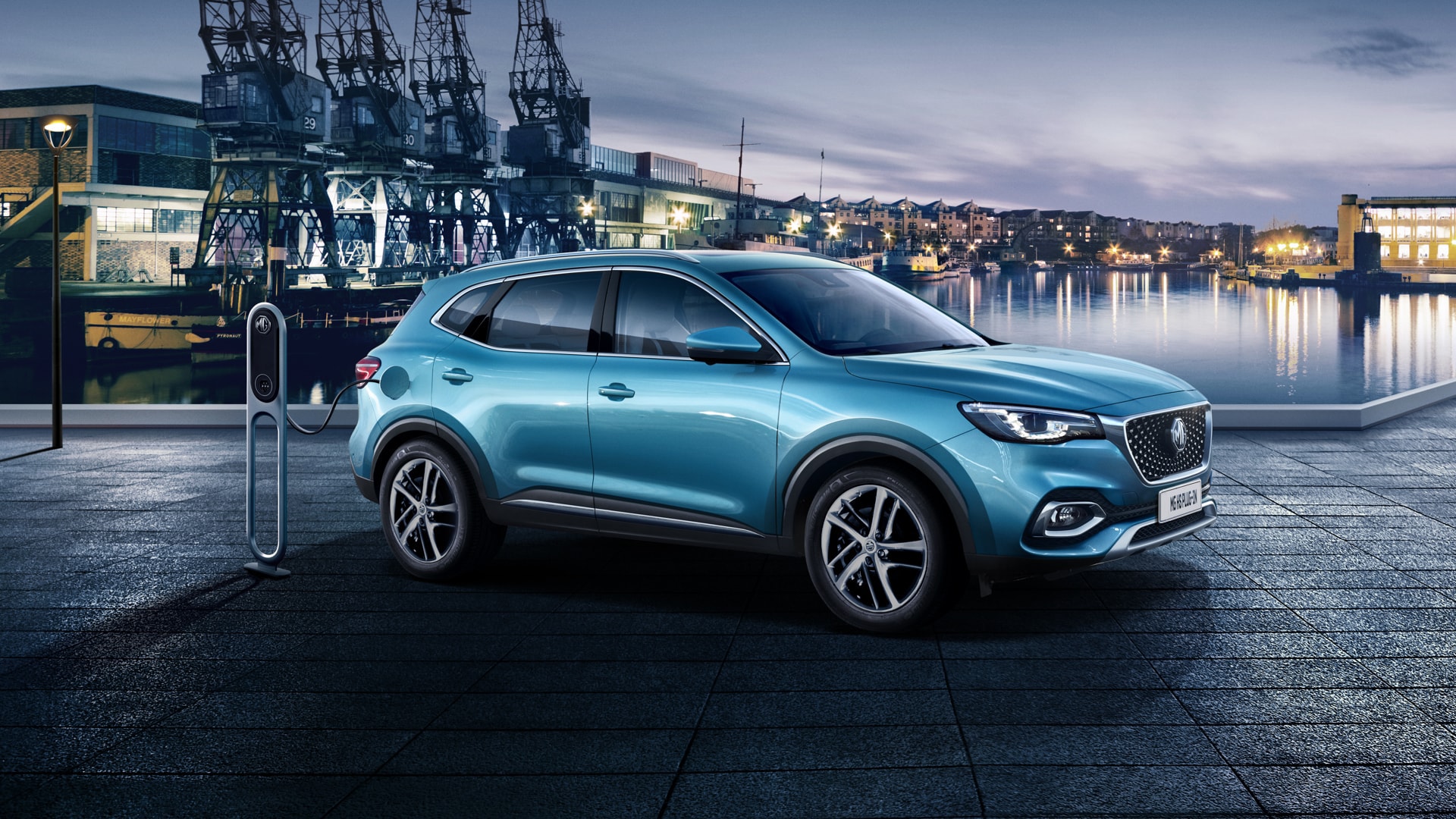Differences Between a Hybrid, Plug-in Hybrid, and Mild Hybrid

The types of hybrid cars just keep on expanding, so it can be hard knowing which one is which. This article will highlight the differences between hybrid cars and plug-in hybrid cars to help you differentiate between the two. That way you can make an informed decision when it comes to buying a hybrid car.
What is a hybrid car?
A hybrid car uses a combination of a petrol or diesel engine with an electric motor. Therefore, it is more environmentally friendly than petrol or diesel cars by using less fuel and releasing much fewer CO2 emissions.
However, its fuel engine is a great backup if you are new to electric cars as you don’t have to worry about range anxiety. This is especially true for self-charging hybrids, where the electric battery is charged from the on-board internal combustion engine. Therefore, a hybrid car will function very similarly to a conventional car, making the transition to a battery car a lot easier.
Thanks to its green credentials, hybrid car owners can enjoy a lot of the benefits of an electric car, from lower first year tax to free congestion charge. It is worth checking how a hybrid car could save you money in the long run when it comes to choosing the MG car that's right for you.
What is a plug-in hybrid?
A plug-in hybrid vehicle (PHEV), is a hybrid car whose battery is charged via an external power source. As a result, the battery within a plug-in hybrid car tends to be bigger than in a hybrid car so that it can hold more electric charge. This allows plug-in hybrids to run mainly on electric power, only using fuel on longer journeys where charge may run out. But this doesn't mean you will be stranded on a roadside somewhere without power as the fuel engine will automatically take over when charge is low.
The amount of places you can charge electric vehicles is rapidly expanding. You may have seen charging points pop up in car parks and service stations and you can also install a charging point at home to power up your vehicle before your journey, just like you would fill up your fuel tank.
What is a mild hybrid?
A mild hybrid is where a small electric generator is installed in place of a traditional starter motor and alternator. This increases fuel efficiency and reduces CO2 emissions by allowing fuel-intensive activities, like rapid acceleration or restarting after a stop, to be supported by power from the generator. Alongside this, mild hybrids also harvest energy during braking, which is then returned to the battery to provide additional electric assistance.
Hybrid vs. plug-in hybrid vs. mild hybrid
The main difference between a hybrid, mild hybrid and plug-in hybrid is how they are charged. A plug-in hybrid can must be charged from a charging point, whereas a self-charging hybrid is charged from the on-board traditional fuel engine. Mild hybrids don’t require charging and are instead powered by a battery pack.
Most cars waste energy when braking. Hybrid cars cleverly transfer this energy back into the electric battery in a process called regenerative braking. This makes hybrid cars a lot more energy efficient then their petrol and diesel counterparts, and led to the coining of the name self-charging hybrid.
Plug-in hybrids on the other hand cannot be self-charged. If your plug-in battery runs low then it will need to be plugged into a charger, similar to how you would charge a phone. Luckily there are charging stations all across the country, as well as the option to charge your hybrid at home. If there are no charging points around then your fuel engine will kick in automatically, so you will always have power.
This difference in how the cars are powered is also reflected in how they use their engine and electric motor. Mild hybrids can’t run exclusively on electric power, due to the relatively small generator they are fitted with being designed to assist the traditional combustion engine rather than take its place. In a hybrid car the petrol engine and motor work together to self-power the car, whereas a plug-in hybrid runs primarily on its electric motor, and will only use the fuel engine when the battery has run out. This could be good news for your fuel fund, as using less petrol and diesel means you will need to top up the tank less, and experience significantly reduced running costs for your car.
What is the best hybrid car?
The simple answer is, whatever suits your needs best. A hybrid car that is self-charging means you do not have to worry about plugging in your vehicle, which could be a great option for a first time driver of a hybrid car. On the other hand, a plug-in hybrid makes the most of its electric motor, which cuts down fuel costs and is perfect for those testing the waters before making the leap to a fully electric car. Similarly, the relative simplicity of the electrical components in mild hybrids mean they can come with lower up-front costs, as well as driving exactly the same as traditional engine cars.
Now all that’s left to do is decide what model works best for you.
